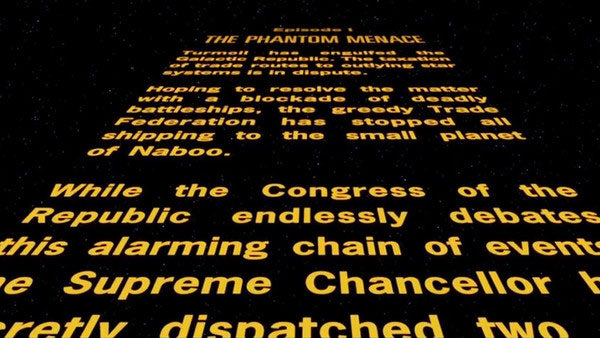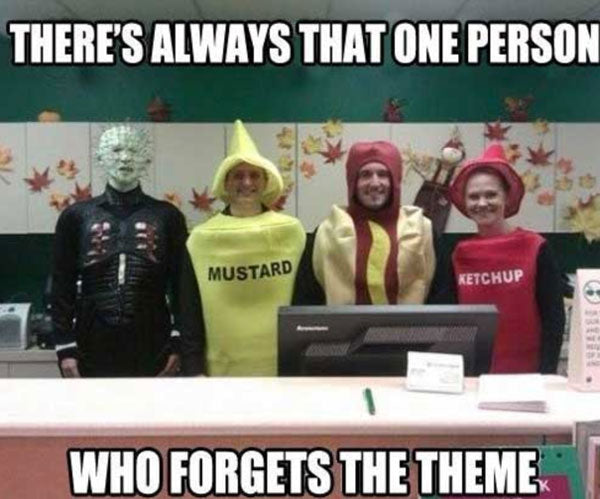Menu
-
- Home
-
About Us
-
The Approach
-
Focus Areas
-
MindWing Learning
-
Learning Resources
-
SHOP
-
Blog
-
- About MindWing
- Our People
- Contact Us
- Your Account
- Login
-
United States (USD $)

Tech Tuesday: More on Memes (Think Halloween!)
by Sean Sweeney October 30, 2019 3 min read

 In a previous July 23rd post, “A POPCORN Lesson...,” Sheila detailed all the language underlying a popcorn cartoon, including description, sequence, and perspective-taking. I have been discussing memes in consultation activities and presentations regarding technology integration and narratives, and the question often surfaces: What is a meme?
In a previous July 23rd post, “A POPCORN Lesson...,” Sheila detailed all the language underlying a popcorn cartoon, including description, sequence, and perspective-taking. I have been discussing memes in consultation activities and presentations regarding technology integration and narratives, and the question often surfaces: What is a meme?
Let’s first go back to some of the ideas around the root of this word. In Ancient Greece, for those philosophical folks, the idea of mimesis was conceived as a concept underlying art. Art should imitate the physical world, thus resulting in human response to it and a sense of beauty. Plato contrasted mimesis—showing rather than telling—with diegesis, the telling of a story by a narrator.
I recall learning about these ideas in my early literature classes in college! We can compare and contrast these narrative forms with exposition, or explaining ideas (see Thememaker®). When critiquing narrative works such as movies, it’s always felt to be a no-no to have too much exposition, or telling (not showing), such as when a character suddenly explains the mystery inherent to a plot.
An example of too much exposition in film: the boring, trade-war-centered “The Phantom Menace.”

Meme in its shortened form came about in 1976 when evolutionary biologist Richard Hawkins proposed that organisms and ideas both rely on replication, duplication, and sharing in a sense. Though he had no idea that the internet would create a place where ideas were shared, this happened, particularly in the late ‘90s and early 2000s when the web first became “writable” to the average person. Think Facebook, Twitter, Instagram, YouTube, which are our current evolved channels for sharing. So today, a meme is an idea that spreads virally on the web, often taking the form of an image with dialogue or a caption.
Today’s kids really like memes, digesting them from internet spaces we are too cool to inhabit! Therefore, they serve as a textual or language-infused genre that we can exploit for our students’ engagement. Often a meme suggests some element of a narrative that serves to facilitate a discussion or mapping of other elements. Take this one:

Teasing out the story of this image could take the form of:
- Character: A trick or treater, or maybe a child at home
- Setting: Anyplace candy might be found (photo suggests a kitchen)
- Kick-Off: Someone has mixed up the Skittles, Reese’s Pieces, and M&Ms so that they are hard to tell apart
- Feeling: (Internal Response): Confused, annoyed
- Thought Bubble: Know that these all taste different and might not mix well
- Plan: Have an enjoyable candy-eating experience
- Direct Consequence: Picking the candy out carefully might result in getting what you want
The meme above takes a common form of the “When…” (insert event or description). Memes also frequently suggest some sort of List, Sequence, and/or Compare/Contrast (below):

So, a few suggestions.
- Don’t just pull memes up on your computer and show them. At times their humor is pointed, political, gross, inappropriate, profane, and generally NSFS (Not Safe For School).
- Search for a few memes on a theme using Google Images, Pinterest or Know Your Meme. You can package these into a “teachable” format using Google Slides, which I also like because you can paste MindWing icons into a slide format and type as students generate ideas. Use a secondary click (two-finger, right-click or control-click) to easily copy and paste a bunch of images into a Slides format, which I did for you here at this link as a model (see the last slide for some suggestions).
- Think about the narrative possibilities of all of these memes!
As a similar resource, also check out 13 Halloween Themed Dad Jokes That Are So Bad They’re Good.
Sean Sweeney
Sean Sweeney, MS, MEd, CCC-SLP, is a speech-language pathologist and technology specialist working in private practice at the Ely Center in Needham, MA, and as a clinical supervisor at Boston University. He consults to local and national organizations on technology integration in speech and language interventions. His blog, SpeechTechie (www.speechtechie.com), looks at technology “through a language lens.” Contact him at sean@speechtechie.com.
Leave a comment
Comments will be approved before showing up.
